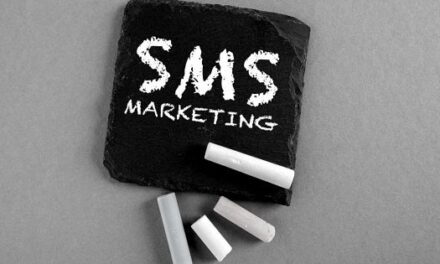Writing a media or press release can seem like a big job but with help from resources like the Media Connections Template Library and the following tips you will be well on your way to creating your release and connecting with the Media.

With newsrooms on the look out for stories NOW is a great time to share yours with them. After all, if you don’t share your story with the media, who will!
So let’s get started on drafting a release:
Write a great headline:
This should be a short and snappy attention grabber. It should include points from your release and sum up its subject.
Create a great Lead:
The first paragraph is called ‘the lead’. It is the most important part of the release and should contain the strongest key message. This is where the who, what, when, where, and why of the story lives.
Journalists and Editors see lots of releases and may not read beyond the first paragraph, so it is important that it contains all the necessary and relevant information.
Make Your Release Editable:
After the lead, each remaining paragraph should be less important than the one that precedes it. When your release is written this way, the story can, if necessary, be trimmed from the bottom up.
Keep each paragraph self-contained and regardless of how many paragraphs are deleted, the story should still make complete sense.
Keep it Short and Simple:
Keep your media release to one page (maximum 400 -500 words). The aim is to encourage a reporter to pursue your story, not to overwhelm or bore them with detail.
Finish with the Media Contact Details and the Company Boilerplate:
The Boilerplate is your media “elevator pitch.” about your company and product offerings to a reader who may have no prior knowledge of them.
There you go your release is under way now! Happy writing!
This article is an extract from My Book of PR Tips and first appeared on www.lindareedenever.com.au























